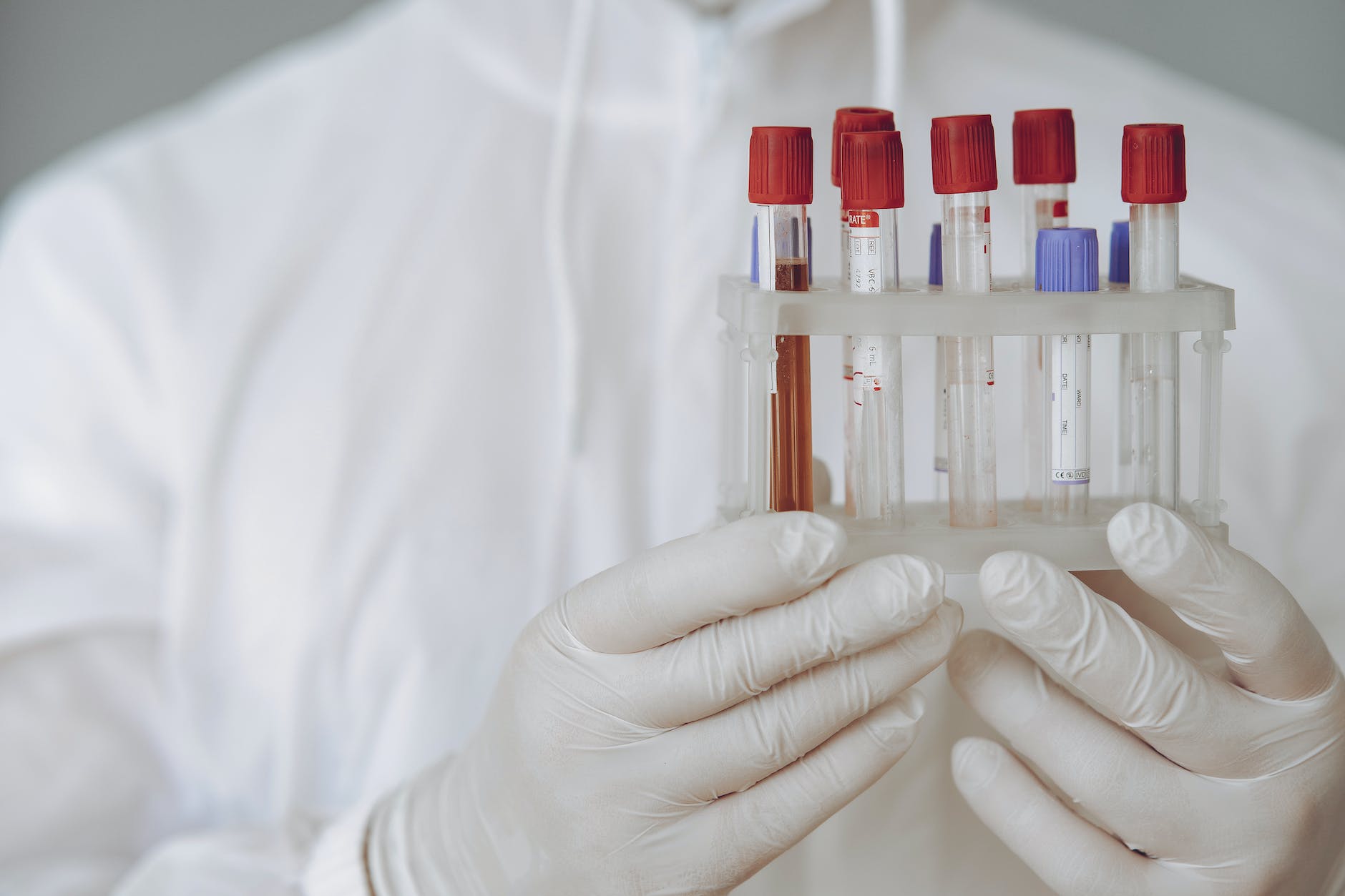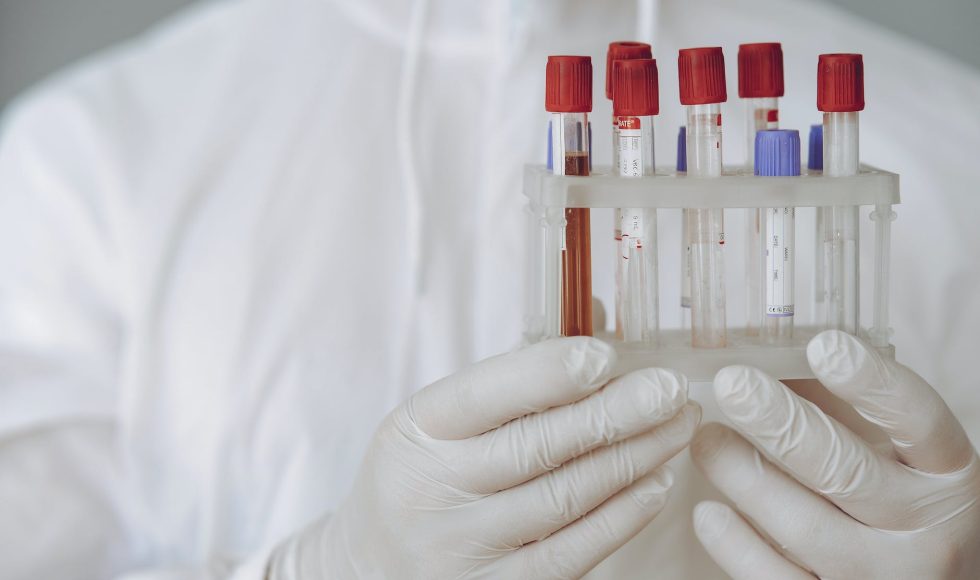Tonight, I watched the video for Kimberlee Musser’s session at the Nanopore Community Meeting Houston 2023. Kimberlee Musser works at Wadsworth Center in the New York State Department of Health. The session’s title is “Improving bacterial disease public health testing with nanopore sequencing.” Musser represents the work of many scientists from the Wadsworth Center, New York’s State Department of Health laboratories. The Wadsworth Center has 750 staff members with >150 doctoral-level scientists. Wadsworth Center is a regional center and receives national funding to develop assays. Public health laboratories contribute to reference testing, national surveillance, and assay development. Musser wanted to use Nanopore sequencing for antimicrobial gene detection and plasmid analysis, bacterial species identification, and targeted sequencing. Musser’s team wanted to better characterize mobile genetic elements carrying novel or uncommon resistance genes. Musser explained that the Wadsworth Center already does a lot of Illumina short-read sequencing and wanted to use Nanopore to identify antimicrobial resistance genes in context. The example that Musser noted was a carbapenem-resistant Pseudomonas aeruginosa from a patient. In a second example, long-read sequencing helped detect plasmid transfer across bacterial species. They used the MinION and were able to understand the epidemiology by sequencing plasmids from several isolates. Musser shared a third case in which they supported outbreak investigations in healthcare settings. In another study, they were able to sequence vancomycin-resistant Staphylococcus aureus (VRSA) isolates from a case in 2004. Thanks to sequencing, they were able to determine likely transfer and integration. The Wadsworth Center also made major improvements in bacterial isolate sequencing to identify isolates at the species level. Their workflow allows for isolate sequencing with a five-day turnaround. Nanopore sequencing is also being used for targeted-next generation sequencing (tNGS) assays for Mycobacterium tuberculosis complex (MTBC). Musser’s team developed a workflow that uses the QIAGEN EZ1 for DNA extraction, targeted multiplex PCR, manual library prep, and sequencing on a GridION for <2 hours to reuse flow cells. The team has an in-house bioinformatics pipeline used to analyze the results. Direct detection of extensively drug-resistant (XDR) MTBC is possible with the assay they developed and validated. In one case, tNGS allowed the team to learn about drug resistance patterns in days instead of weeks needed for growth-dependent assays. Musser spoke about additional assays they are working on to enrich for Legionella from environmental samples. While this is the second time I have written about this session, I continue to get ideas from the assays for topics to discuss in courses.



